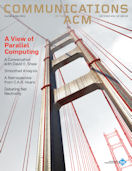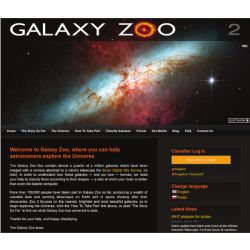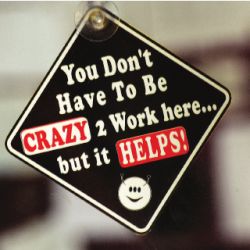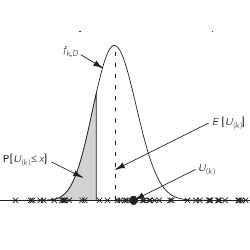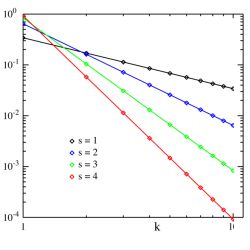Research and Advances Virtual extension
Oct 1 2009
Attaining Superior Complaint Resolution
Introduction
In 2003, Dell computers shifted support calls for two of its corporate computer lines from its call center in Bangalore, India back to the U.S. The reason was that its customers were not satisfied with the level of technical support they were getting. Apart from the language difficulties, customers also faced difficulty in reaching senior technicians to, perhaps, resolve their problems more quickly. However, such problems are not just limited to computer vendors such as Dell.
Recent research from Accenture finds that 75% of the sample of consumer technology company executives believed their companies provided average customer service. However, to their surprise, 58% of their customers had rated customer service to be either average or below average. A further grim detail was that 81% of the respondents who rated customer service as below average expressed intent to purchase from a different vendor next time.
This research highlights the importance of customer service for consumer technology companies in retaining their customers. In general, consumer technology companies spend inordinate amounts of time, cost, and effort to get their innovations to market. However, initial acceptance is only the first step towards technology utilization. It is only after a certain amount of use that customers become aware of a technology's benefits and limitations. Having technology is one thing, using it effectively and persisting with it, is quite another. Hence, the study of factors leading to consumer technology repurchase is of critical importance.
Consumer technologies, in particular, demand attention due to their commoditization, increased complexity, advances in technology, and focus on high serviceability. We can note the following when we think of consumer technologies such as PCs, laptops, or mobile phones:
• The marketplace for these technologies is characterized by fierce competition amongst numerous players leading to a continuous price decline. For instance, almost all computer vendors now offer laptops for a few hundred dollars as compared to thousands of dollars a few years back. As prices continue to decline, it is imperative that companies focus on providing high-level customer service to differentiate from competitors and retain their existing customers, and prevent them from discontinuing their product.
• Consumer technologies have also become more complex with more functionality being constantly added to the core product. Take the case of mobile phones: What was once a simple device for making phone calls has been morphed to include a digital camera, mp3 player, organizer, and a Web browser, to name a few. With such additional functionality and increased complexity, a customer is likely to encounter problems whose cause is difficult to identify correctly, yet need to be resolved quickly before the customer switches to a competing product.
• Technological advances and a new generation of products have meant that both the technology providers as well as customers have to be knowledgeable in utilizing the consumer technologies. Without proper knowledge of the technology, support staff often struggle to resolve the problems in a timely manner. For example, in resolving problems with new release of operating system like Windows Vista, both the customers as well as Microsoft technical staff are required to have certain amount of knowledge about the system. A crucial aspect of customer service is being able to resolve consumer concerns during their use of technology.
These factors contribute to difficulties in retaining customers for the consumer technology companies. One of the ways to have satisfied customers is continuing to address customer complaints effectively. Customers expect to have any service or product failures diagnosed and resolved quickly.
In this context, we chose to examine how the complaint management process c
